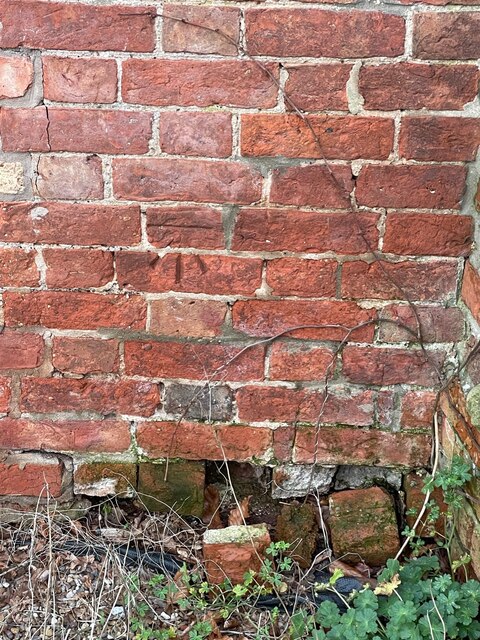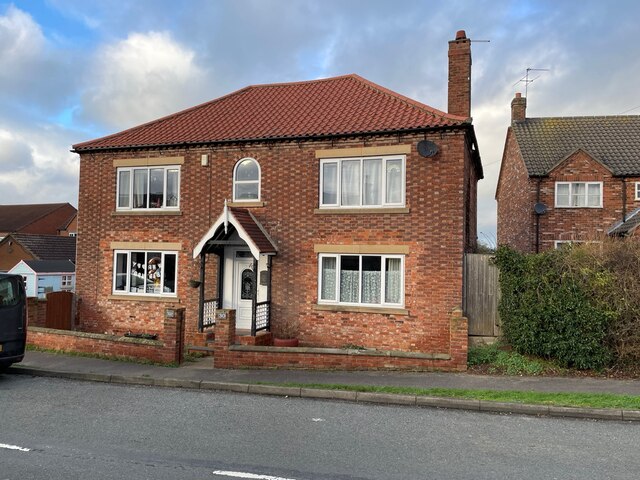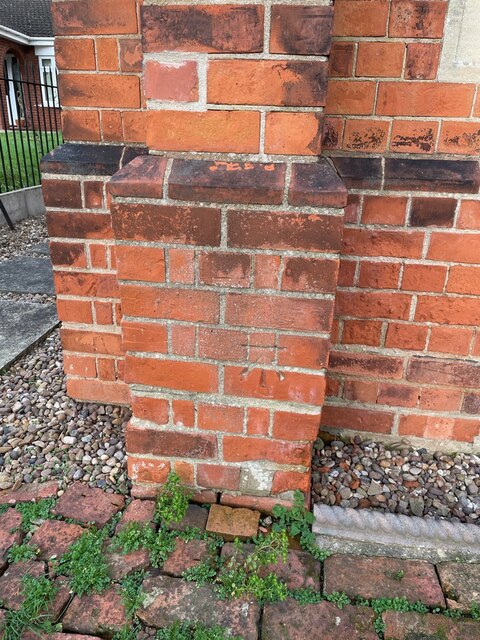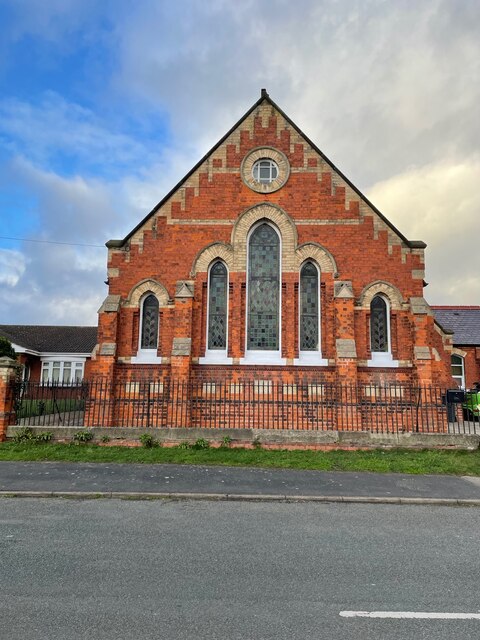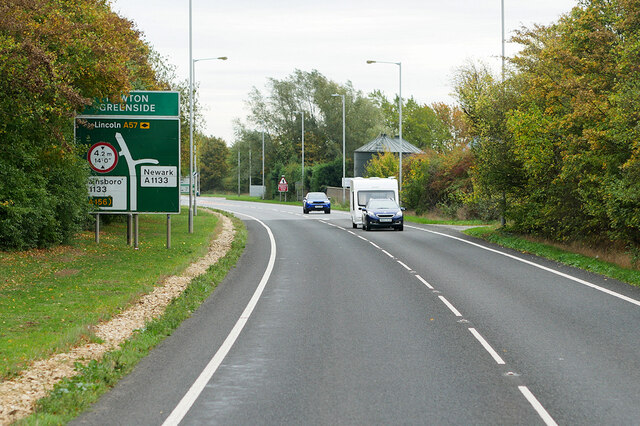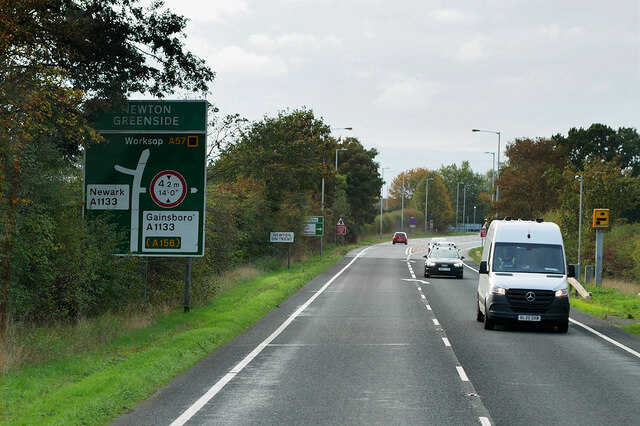Hall Water Reservoir
Lake, Pool, Pond, Freshwater Marsh in Lincolnshire West Lindsey
England
Hall Water Reservoir
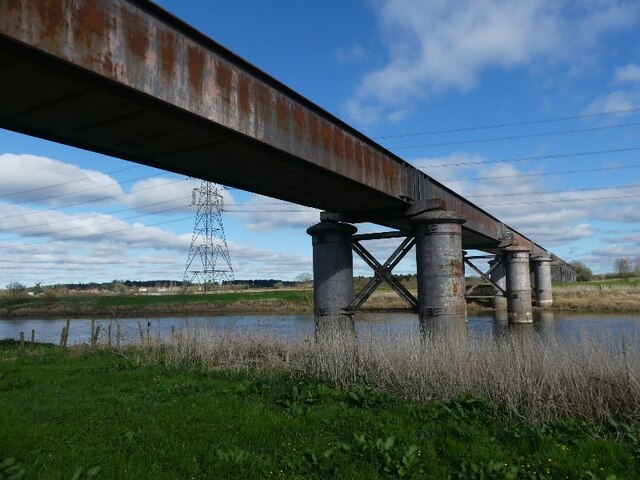
Hall Water Reservoir, located in Lincolnshire, is a man-made lake that serves multiple purposes for the local community. Covering an area of approximately 50 hectares, the reservoir was created in the mid-20th century by damming a small river. It is primarily used as a freshwater storage facility, supplying water for domestic, agricultural, and industrial needs in the surrounding areas.
The reservoir is surrounded by picturesque landscapes, with its calm waters reflecting the nearby rolling hills and lush greenery. It has become a popular spot for outdoor activities, such as fishing and birdwatching. Anglers are drawn to the reservoir due to its abundant fish population, which includes species like pike, perch, and roach. The tranquil atmosphere and scenic views also make it an ideal location for nature enthusiasts and photographers.
In addition to its recreational value, Hall Water Reservoir plays a crucial role in maintaining the local ecosystem. It provides a habitat for various bird species, including ducks, swans, and herons. These birds can often be seen gliding gracefully across the water or nesting along the reservoir's edges. The surrounding area features a freshwater marsh, which further enhances the biodiversity of the site. This marshland supports a diverse range of plant and animal life, including reeds, water lilies, frogs, and dragonflies.
Overall, Hall Water Reservoir serves as a vital water resource for the region while also offering a tranquil and scenic environment for outdoor enthusiasts and wildlife alike.
If you have any feedback on the listing, please let us know in the comments section below.
Hall Water Reservoir Images
Images are sourced within 2km of 53.24707/-0.76355185 or Grid Reference SK8272. Thanks to Geograph Open Source API. All images are credited.



Hall Water Reservoir is located at Grid Ref: SK8272 (Lat: 53.24707, Lng: -0.76355185)
Administrative County: Lincolnshire
District: West Lindsey
Police Authority: Lincolnshire
What 3 Words
///achieving.doted.compelled. Near Saxilby, Lincolnshire
Nearby Locations
Related Wikis
North Clifton
North Clifton is a village and civil parish about 12 miles north of Newark-on-Trent, in the Newark and Sherwood district, in the county of Nottinghamshire...
Newton on Trent
Newton on Trent is a village and civil parish in the West Lindsey district of Lincolnshire, England. The population of the civil parish at the 2011 census...
Clifton-on-Trent railway station
Clifton-on-Trent railway station is a former railway station between North Clifton and South Clifton in eastern Nottinghamshire, England. == Context... ==
Fledborough
Fledborough is a hamlet in Nottinghamshire, England. Although now redundant, the Anglian parish church of St Gregory's, earned the hamlet the nickname...
Nearby Amenities
Located within 500m of 53.24707,-0.76355185Have you been to Hall Water Reservoir?
Leave your review of Hall Water Reservoir below (or comments, questions and feedback).
